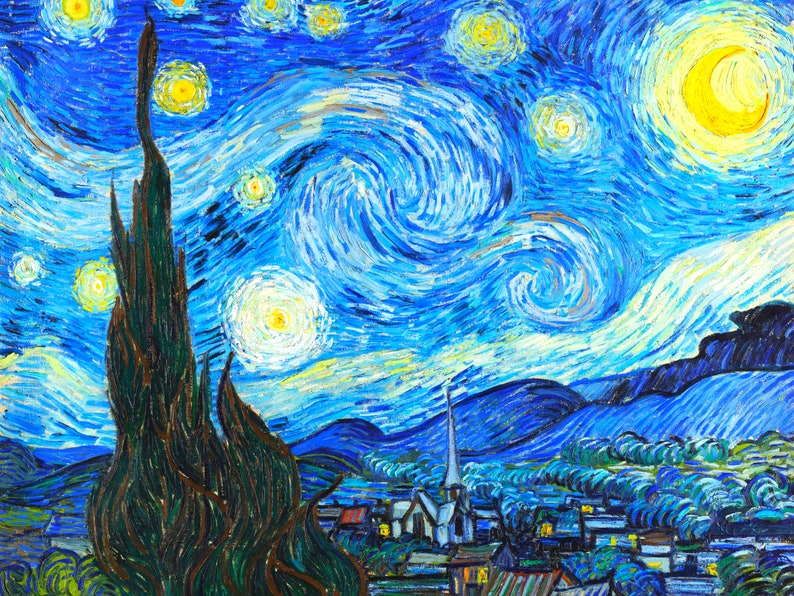
Posted on 04/18/2024 1:41:12 PM PDT by MtnClimber
Explanation: From our vantage point in the Milky Way Galaxy, we see NGC 1232 face-on. Nearly 200,000 light-years across, the big, beautiful spiral galaxy is located some 47 million light-years away in the flowing southern constellation of Eridanus. This sharp, multi-color, telescopic image of NGC 1232 includes remarkable details of the distant island universe. From the core outward, the galaxy's colors change from the yellowish light of old stars in the center to young blue star clusters and reddish star forming regions along the grand, sweeping spiral arms. NGC 1232's apparent, small, barred-spiral companion galaxy is cataloged as NGC 1232A. Distance estimates place it much farther though, around 300 million light-years away, and unlikely to be interacting with NGC 1232. Of course, the prominent bright star with the spiky appearance is much closer than NGC 1232 and lies well within our own Milky Way.
For more detail go to the link and click on the image for a high definition image. You can then move the magnifying glass cursor then click to zoom in and click again to zoom out. When zoomed in you can scan by moving the side bars on the bottom and right side of the image.


Nice!
♪ Don’t know much about ‘stro-no-my ♪ ... but I’m struck by how big that galaxy is. It’s width is about the same as the distance from Earth to the nearest galaxy-like mass near us, the Magellanic Clouds ... or one could say as wide as the distance between galaxies in our neck of the woods. Galactic!
Nice reference.
Being woke means you can never run out of things to get upset about.
In 1995, the Hubble Space Telescope was used to investigate a tiny, ‘empty’ part of the night sky. A small section of the night sky, smaller than a dime, that appeared to have no stars, was investigated by the Hubble Space Telescope over many days. What Hubble discovered changed everything. In this tiny portion of the night sky were thousands of previously unknown galaxies. It is called the Hubble Deep Field. Before this, the questimate of the total number of galaxies was about 200 million. We now know there are trillions. Sometimes, we get to see a spiral galaxy in all its glory. Other galaxy images are from the edge. (just search for the “Sombrero Galaxy” for some fun).
With the new James Webb Space Telescope, we are able to ‘see’ even farther into the universe (infrared). What is beyond what Webb can detect.......? Who knows. Maybe some day the Webb Space Telescope will perform a similar examination in a small portion of the cosmos, and find even more galaxies.
We are amused when scientists tell us the age and the edge of the universe. God has blessed us with curiosity and the ability to develop tools to investigate and discover worlds and galaxies. I hope that future textbooks will use the term ‘known universe.’
For it is certain that, in the end, we do not control the vertical, nor do we control the horizontal. We can, today, sharpen some images into crystal clarity. Other images and information, not so much.
Wow. Looks almost like looking through the glass lid on my Whirlpool washing machine during its spin cycle.
Disclaimer: Opinions posted on Free Republic are those of the individual posters and do not necessarily represent the opinion of Free Republic or its management. All materials posted herein are protected by copyright law and the exemption for fair use of copyrighted works.